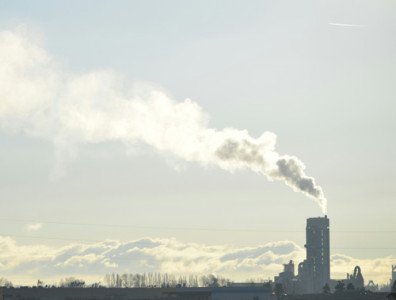Decarbonising New Zealand’s built environment
Just over 9% of New Zealand’s emissions come from the built environment, its construction and operation. Which is why both the current Emissions Reduction Plan and the Climate Change Commission’s draft advice to the Government on the next Emissions Reduction Plan identify decarbonising the built environment as crucial for limiting domestic emissions. This can be achieved through the lifecycle of buildings and structures, from their design (when choices can be made around the materials used, for instance) and construction, to their operation and maintenance.
The Government is forging ahead with plans to impose caps on emissions from commercial and residential new builds, which would assess both embodied emissions (such as from building materials) and operational emissions. This is part of MBIE’s Building for Climate Change program.
In this context, the choice of construction materials has a big impact, because of the embodied emissions in these materials. Wood materials, like cross-laminated timber, have a lower carbon footprint than concrete, while being strong enough to compete with concrete. On the other hand, concrete, the second most widely used material on the planet after water, has a high carbon footprint. Its manufacturing accounts for around eight percent of the world’s carbon dioxide emissions – making it the world’s third largest emitter of carbon.
Currently, forty of the world’s leading cement and concrete companies have signed up to the Global Cement and Concrete Association’s (GCCA) net zero concrete by 2050 initiative. GCCA will rely on both innovation and existing methods like electrification, to manage unavoidable process emissions.
In New Zealand, Fletcher Building has committed to the development of more efficient cement production and utilisation. They opened New Zealand’s first commercial Concrete Innovation Lab in Christchurch, to encourage innovation around the production of concrete, acknowledging that this step is crucial in decarbonising the built environment in New Zealand.
Hamilton-based Kayasand is also working on the production of concrete-grade sand from recycled building materials and quarry aggregate. If successfully applied in the New Zealand context, this technology could limit the need for sand mining. Kayasand received financial support from the Government’s green investment bank, New Zealand Green Investment Finance, a government initiative established to accelerate investment in low carbon technologies.
Replacing even half of New Zealand’s concrete and steel with timber would reduce CO2 emissions by 500,000 tonnes according to Te Uru Rākou. Similarly, the World Economic Forum argued that the adoption of mass produced, cross-laminated timber and other engineered wood would benefit the climate in three ways: trees capture and store carbon as they grow; long lived wood products lock in carbon; and these products are light and strong enough to replace concrete and steel use in taller buildings.
Wood needs to be processed on a large scale to realise the benefits described above. In New Zealand, investment in wood processing facilities has declined by 31% from 2010 to 2021, with existing infrastructure now aged. Currently only around 40% of New Zealand’s log harvest is processed domestically, with the rest sent overseas mostly as low value logs. If New Zealand can find high value for 60% of the current exported timber, it will be much easier for timber to be utilised as an affordable and preferable alternative to concrete and steel.
In April 2023, the Government announced a $57 million wood processing growth fund to advance wood as an alternative to other less carbon friendly construction materials. The fund will support greater domestic processing of wood to meet New Zealand’s climate emissions goals. It is also aimed at increasing onshore processing that produces sawmilling residues, used as feedstock for low-carbon biofuels and bioproducts. It would also encourage the production of high value wood products to replace almost all products and fuels traditionally made from petrochemicals.
This article was originally published by Dentons Kensington Swan in their monthly ESG newsletter. Subscribe on LinkedIn.
Dentons Kensington Swan is the official legal partner of Chapter Zero NZ.



